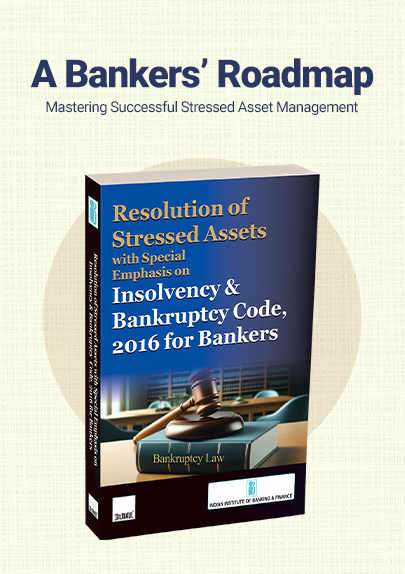NCLT allows one more opportunity to respondent-directors to protect interests of shareholders and to revive Co.
- Blog|News|Company Law|
- 2 Min Read
- By Taxmann
- |
- Last Updated on 26 August, 2021
Case details: Union of India v. Megacity (Bangalore) Developers & Builders Ltd. - [2021] 129 taxmann.com 123 (NCLT-Beng.)
Judiciary and Counsel Details
-
- Rajeswara Rao Vittanala, Judicial Member and Ashutosh Chandra, Technical Member
- Kumar M.N., Perikal K. Arjun, A. Murali and Joseph Pookkatt for the Appering Parites.
Facts of the Case
The Petitioner-Central Government directed Serious Fraud Investigation Officer (SFIO) to investigate to affairs of respondent-real Estate Company. The SIFO conducted an investigation and submitted its report by pointing out various inconsistencies, frauds, illegality and stated that affairs of respondents were conducted adverse to the interest of its creditors, investors, and consumers and against the public interest.
As a result, the NCLT suspended the existing Board of Directors of the respondent as pleaded by SFIO and directed Central Government to appoint nominee directors. Consequently, the Central Government appointed three nominee directors.
The appointed Nominee directors were unable to run affairs of the respondent and expressed their difficulties to defend/prosecute cases filed by and against a respondent.
They thus filed an application to wind up the respondent. It was noted that passing of winding up order is civil death for a company and, therefore, in order to protect the interest of stakeholders of a company, Courts/Tribunals, before passing such order, have to examine all issues concerning the matter so as to see whether passing winding up order is only alternative or is there any possibility for revival of affairs of a company.
NCLT Held
In view of aforesaid one more opportunity was to be given to the respondent to set things right in the affairs of the respondent. Therefore, it would be just and proper to direct nominee directors to convene Extraordinary General Meeting (EGM) of shareholders of respondent so as to elect their proposed directors so that they could take all necessary actions to resolve all disputes, which lead to suspension of Board of Directors of the respondent.
List of Cases Referred to
-
- Union of India v. Megacity Bangalore Developers & Builders Ltd. [2019] 104 taxmann.com 227 (NCLT-Bang.) (para 4)
- Registrar of Companies v. Suraj Bachet Yojna (P.) Ltd. [1973] 43 Comp case 343 (Punj. – Har.) (para 10)
- Registrar of Companies v. Apoorva Leasing Finance & Investment Co. Ltd. 2019 SCC Online NCLAT 1514 (para 10)
- R. Khemka v. Deccan Enterprises (P.) Ltd. [1998] 16 SCL 1 (A.P.) (para 10)
- Palghat Exports (P.) Ltd. v. T.V. Chandran [1994] 79 Comp case 213 (Ker.) (para 10).
Disclaimer: The content/information published on the website is only for general information of the user and shall not be construed as legal advice. While the Taxmann has exercised reasonable efforts to ensure the veracity of information/content published, Taxmann shall be under no liability in any manner whatsoever for incorrect information, if any.

Taxmann Publications has a dedicated in-house Research & Editorial Team. This team consists of a team of Chartered Accountants, Company Secretaries, and Lawyers. This team works under the guidance and supervision of editor-in-chief Mr Rakesh Bhargava.
The Research and Editorial Team is responsible for developing reliable and accurate content for the readers. The team follows the six-sigma approach to achieve the benchmark of zero error in its publications and research platforms. The team ensures that the following publication guidelines are thoroughly followed while developing the content:
- The statutory material is obtained only from the authorized and reliable sources
- All the latest developments in the judicial and legislative fields are covered
- Prepare the analytical write-ups on current, controversial, and important issues to help the readers to understand the concept and its implications
- Every content published by Taxmann is complete, accurate and lucid
- All evidence-based statements are supported with proper reference to Section, Circular No., Notification No. or citations
- The golden rules of grammar, style and consistency are thoroughly followed
- Font and size that’s easy to read and remain consistent across all imprint and digital publications are applied






 CA | CS | CMA
CA | CS | CMA


